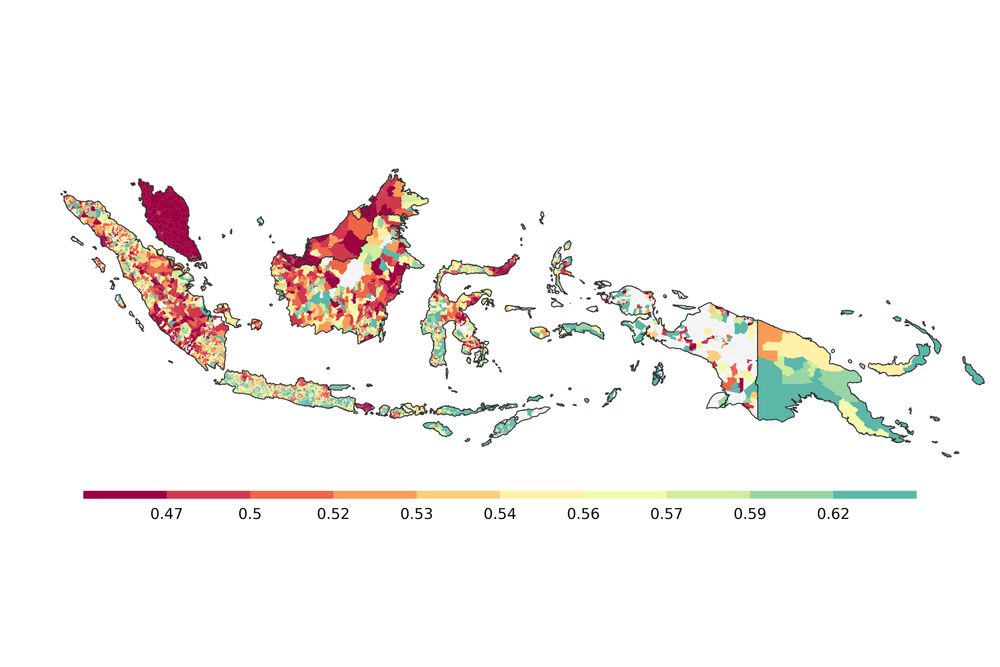https://drew-johnston.com
(with bonus maps here: drew-johnston.com/files/cross_...)
and all the data is available to download at HDX: data.humdata.org/dataset/cros...
(with bonus maps here: drew-johnston.com/files/cross_...)
and all the data is available to download at HDX: data.humdata.org/dataset/cros...
Many thanks to the team behind the research (
Mike Bailey, @ayushkumar.bsky.social, Theresa Kuchler, and Johannes Stroebel) and the team at the Economist (@ainsliejstone.bsky.social ) for making this all possible!

Many thanks to the team behind the research (
Mike Bailey, @ayushkumar.bsky.social, Theresa Kuchler, and Johannes Stroebel) and the team at the Economist (@ainsliejstone.bsky.social ) for making this all possible!

You can download it at a variety of granularities here: data.humdata.org/dataset/cros...
and find the paper here: doi.org/10.1257/pand...
or on my website: drew-johnston.com/files/cross_...
You can download it at a variety of granularities here: data.humdata.org/dataset/cros...
and find the paper here: doi.org/10.1257/pand...
or on my website: drew-johnston.com/files/cross_...



If you're interested in working with this data, download it here: data.humdata.org/dataset/cros...
The paper (out soon in AEA P+P) is available here: drew-johnston.com/files/cross_...

If you're interested in working with this data, download it here: data.humdata.org/dataset/cros...
The paper (out soon in AEA P+P) is available here: drew-johnston.com/files/cross_...
Within countries, we also find a strong correlations with gender attitudes in the World Values Survey, such as opinions about women's suitability for political office.

Within countries, we also find a strong correlations with gender attitudes in the World Values Survey, such as opinions about women's suitability for political office.
Men almost always have a lower share of female friends than women do, but the degree varies across countries:

Men almost always have a lower share of female friends than women do, but the degree varies across countries:

